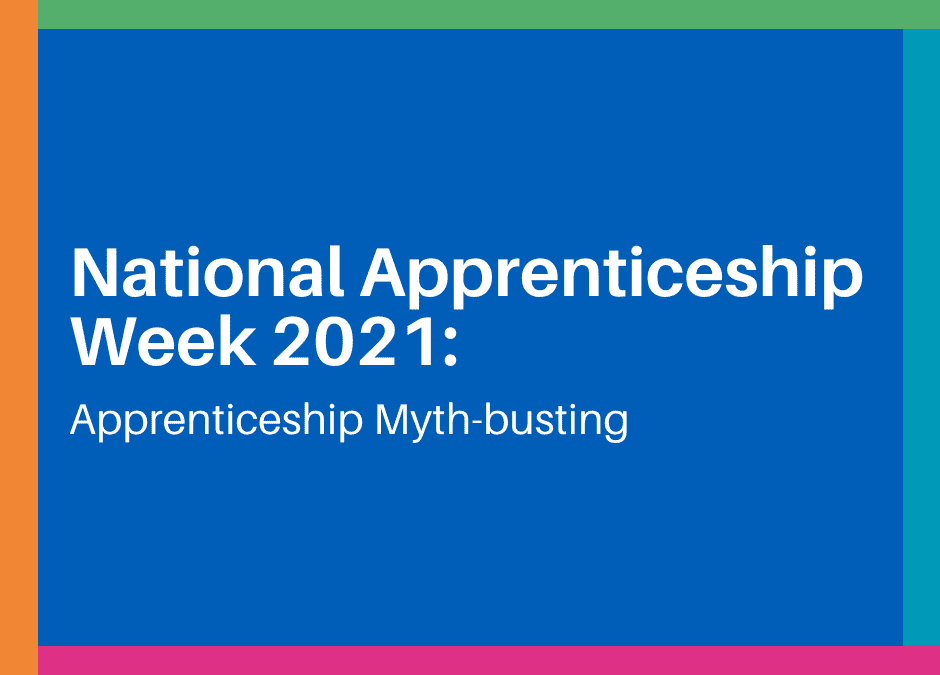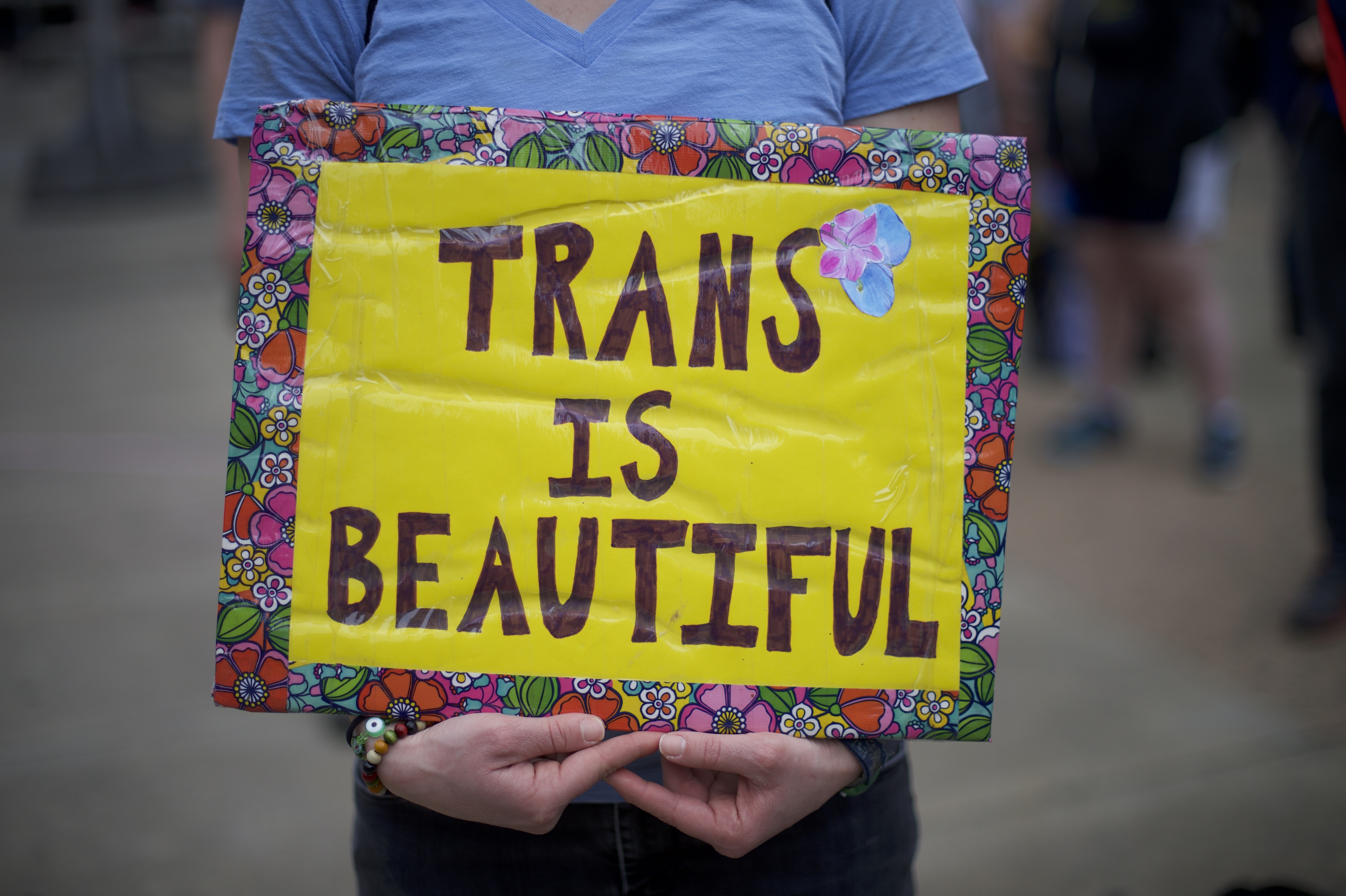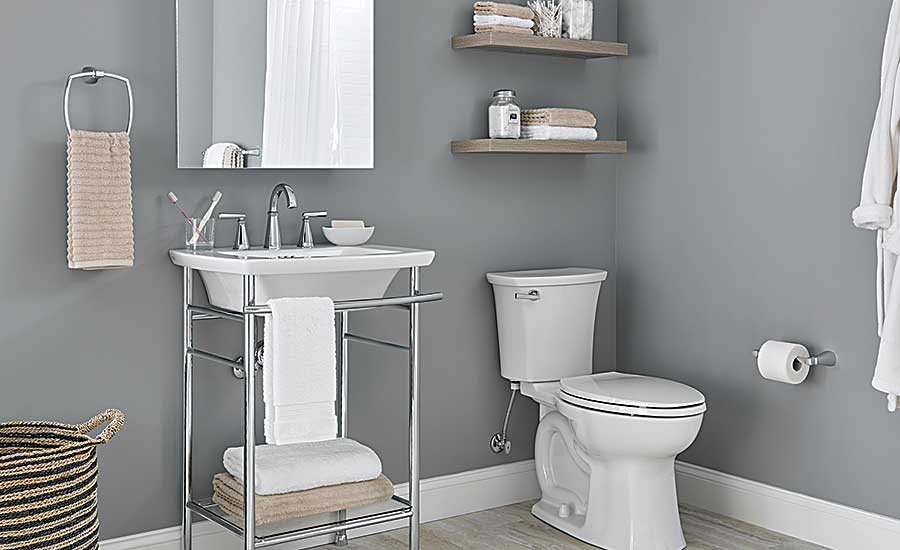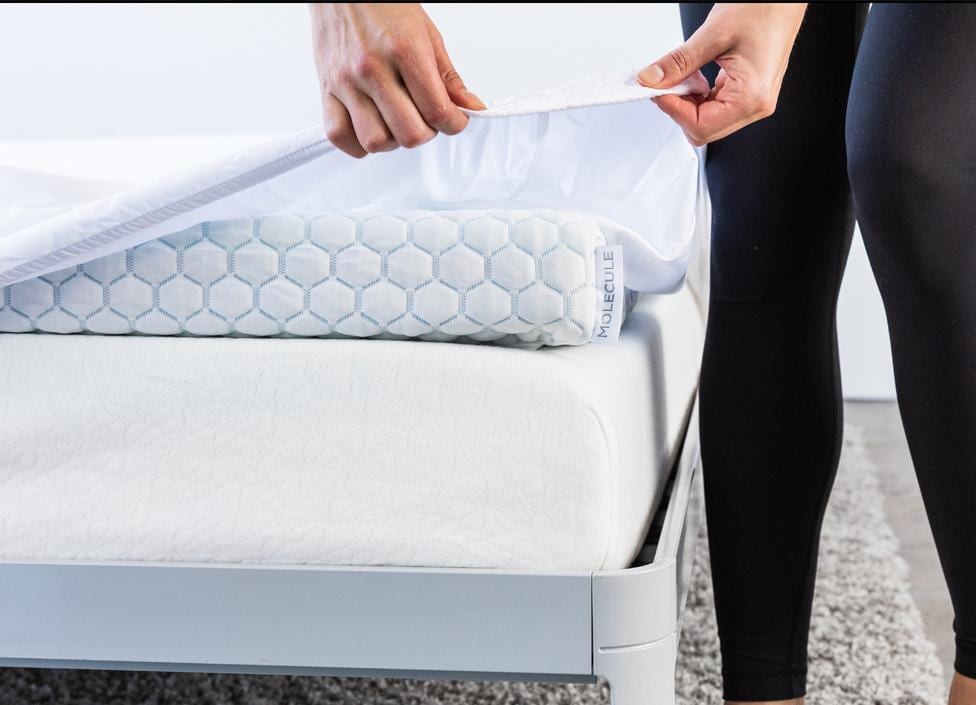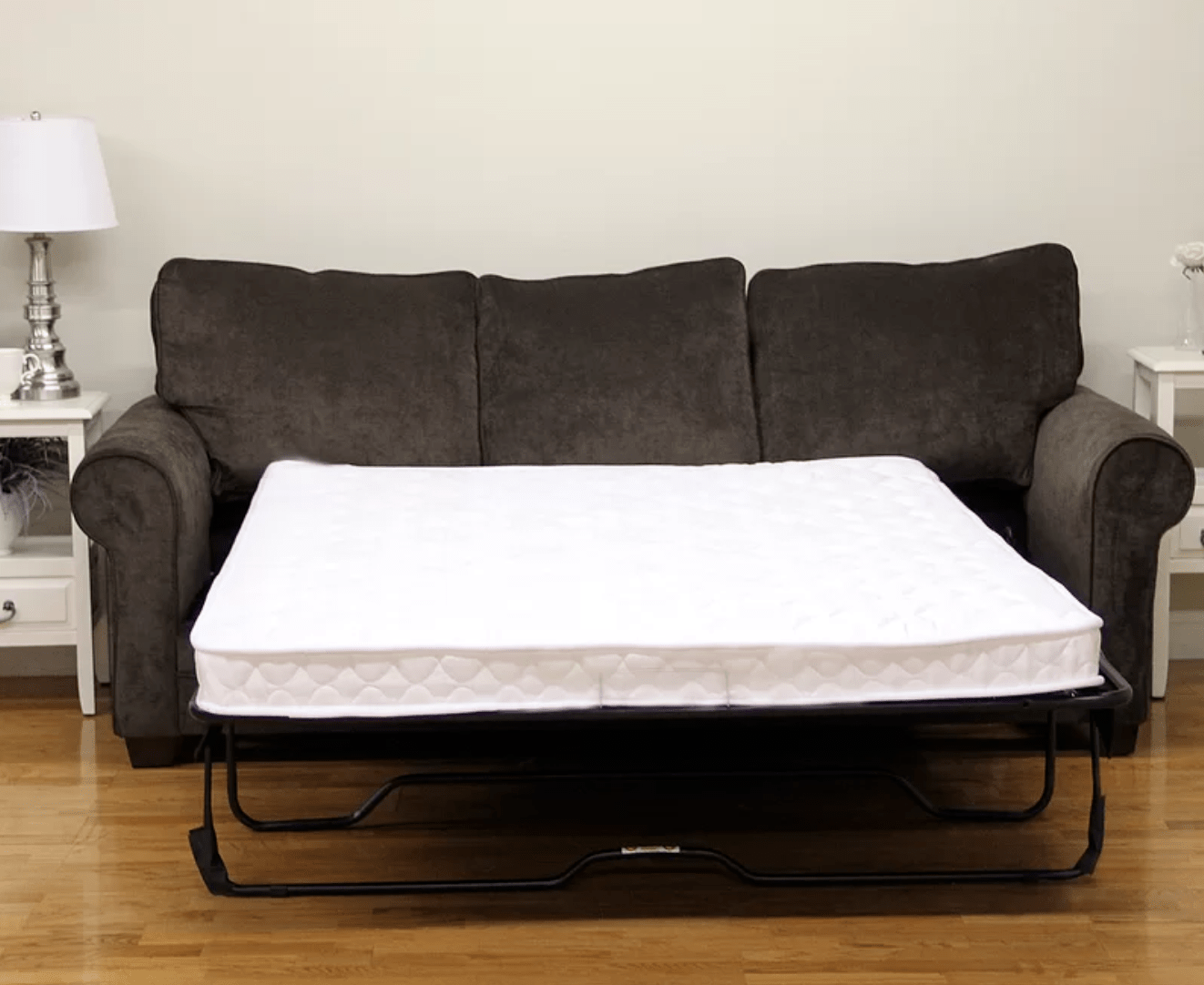1. The Dangers of Propping Up a Crib Mattress
Crib safety is of utmost importance for parents, especially when it comes to their baby's sleeping environment. Many parents may consider propping up their infant's crib mattress to help with issues such as reflux or congestion. However, this practice can actually pose serious risks to your baby's safety and well-being.
According to the American Academy of Pediatrics (AAP), propping up a crib mattress is not recommended as it can increase the risk of suffocation and Sudden Infant Death Syndrome (SIDS). Additionally, using wedges or pillows to elevate the head of the mattress can cause the baby to slide down and potentially become trapped between the crib rails and the mattress.
2. Safe Sleep Practices for Infants
So, what can parents do to ensure their baby sleeps safely and comfortably? The AAP recommends following the ABCs of safe sleep: Alone, on their Back, in a Crib. This means that babies should always sleep alone in their own crib on their back, without any loose bedding or objects around them. This includes pillows, blankets, stuffed animals, and yes, propped up crib mattresses.
The safest sleeping position for infants is on their back, as this helps to reduce the risk of SIDS. It also allows for proper airflow and prevents the baby from rolling onto their stomach, which can increase the risk of suffocation.
3. Risks of Using Wedges or Pillows to Prop Up a Crib Mattress
Some parents may try to prop up the head of the crib mattress by using wedges or pillows. While this may seem like a simple solution, it can actually have dangerous consequences. Wedges and pillows can shift or move, creating gaps between the mattress and the crib rails. This can lead to the baby becoming trapped or suffocating.
In addition, using wedges or pillows in the crib can increase the risk of SIDS. The baby's face may become buried in the soft material, hindering their ability to breathe properly. It is important to always follow safe sleep guidelines and avoid using any objects in the crib that could pose a suffocation or choking hazard.
4. How to Properly Position a Crib Mattress for Safe Sleep
In order to provide a safe sleep environment for your baby, it is important to properly position the crib mattress. The mattress should be placed in the lowest position possible, with no gaps between the mattress and the crib rails. This will prevent the baby from getting trapped or falling out of the crib.
The mattress should also be firm and flat, without any dips or indentations. This will help to reduce the risk of suffocation and ensure that the baby's airway remains clear. If you are concerned about your baby's reflux or congestion, speak with your pediatrician for safe and appropriate ways to manage these issues.
5. The American Academy of Pediatrics' Guidelines for Safe Sleep
The AAP has established guidelines for safe sleep practices that can help reduce the risk of SIDS and other sleep-related infant deaths. These guidelines include placing the baby on their back for every sleep, using a firm and flat sleep surface, and avoiding the use of soft objects in the crib.
It is important to follow these guidelines for the first year of the baby's life, as this is when they are most vulnerable to SIDS. After the first year, the risk decreases, but it is still important to follow safe sleep practices to ensure your child's safety.
6. Alternatives to Propping Up a Crib Mattress
Some parents may feel like they need to prop up their baby's crib mattress for health reasons. However, there are safe alternatives that can help alleviate these concerns without risking the baby's safety. For example, using a wedge-shaped bassinet or placing a crib wedge under the mattress (rather than on top) can help with reflux and congestion without posing a suffocation risk.
It is also important to remember that babies may naturally spit up or have some congestion, and this is normal. As long as the baby is able to breathe properly, it is not necessary to elevate their mattress or use any other methods to try and alleviate these issues.
7. Potential Hazards of Using Crib Mattress Wedges
Crib mattress wedges have become increasingly popular in recent years, marketed as a solution for infant reflux, colic, and other issues. However, these products have not been proven safe for use in cribs. In fact, the Consumer Product Safety Commission has issued a warning against the use of crib mattress wedges, as they can pose serious suffocation risks to babies.
These wedges can also cause the baby to slide down, increasing the risk of entrapment or suffocation. It is important to always follow safe sleep guidelines and avoid using any products that have not been tested and approved for use in cribs.
8. Tips for Creating a Safe Sleep Environment for Your Baby
In addition to following the ABCs of safe sleep, there are other steps you can take to help ensure your baby sleeps safely. These include keeping the crib clear of any loose objects, using a sleep sack instead of loose blankets, and making sure the temperature in the room is comfortable for the baby.
It is also important to make sure the crib is in good condition, with no broken or loose parts. Regularly check the crib for any hazards and make sure it meets current safety standards.
9. The Importance of a Firm, Flat Crib Mattress for Infant Safety
When it comes to choosing a crib mattress, safety should be the top priority. A firm and flat mattress is essential for reducing the risk of SIDS and suffocation. It is also important to make sure the mattress fits snugly in the crib, with no gaps that could pose a suffocation risk.
Additionally, make sure to use a mattress that is specifically designed for use in a crib. Adult mattresses or other soft surfaces are not safe for babies to sleep on and can increase the risk of suffocation.
10. Common Myths About Propping Up a Crib Mattress
There are many myths and misconceptions surrounding the practice of propping up a crib mattress. Some parents may believe that it will help their baby sleep better or reduce the risk of reflux. However, the reality is that propping up a crib mattress can actually be dangerous for the baby.
Other myths may include using pillows or blankets to prop up the mattress, or using crib mattress wedges. As we have discussed, these practices can pose serious risks and should be avoided at all costs.
In summary, propping up a crib mattress is not safe for infants and should be avoided. It is important to follow safe sleep guidelines and create a safe sleeping environment for your baby. If you have any concerns about your baby's sleep or health, consult with your pediatrician for proper guidance. Remember, the safety of your baby should always come first.
The Importance of Properly Propping Up Your Crib Mattress
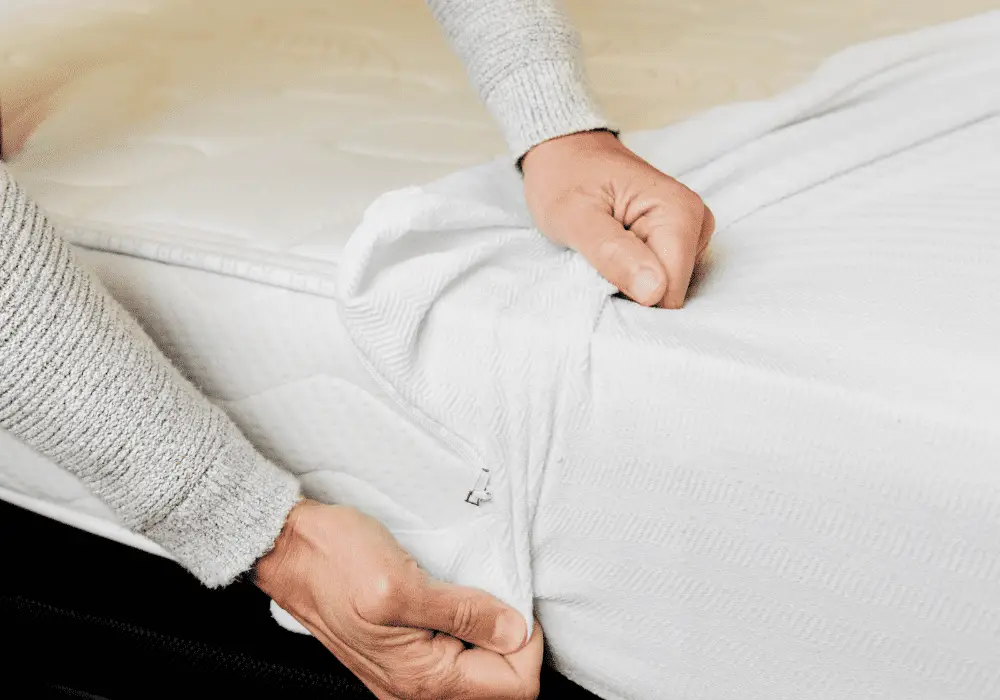
Ensure Your Baby's Safety
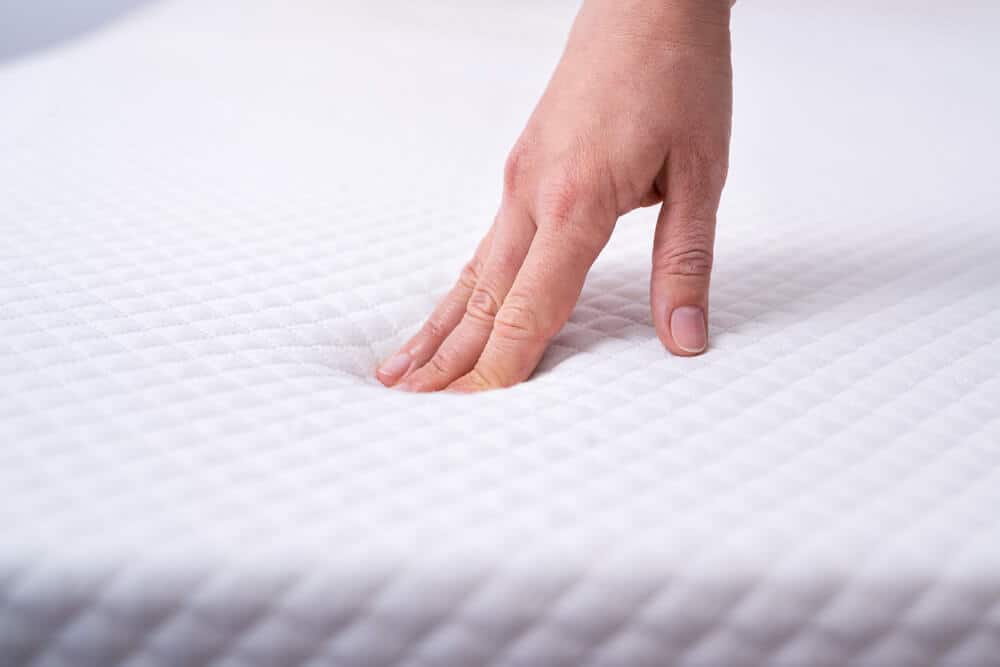 When it comes to designing a safe and comfortable nursery for your little one, one of the most important factors to consider is the
crib mattress
. After all, this is where your baby will be spending most of their time sleeping and growing. As parents, we want to do everything in our power to keep our babies safe and secure, and that includes properly propping up the crib mattress.
When it comes to designing a safe and comfortable nursery for your little one, one of the most important factors to consider is the
crib mattress
. After all, this is where your baby will be spending most of their time sleeping and growing. As parents, we want to do everything in our power to keep our babies safe and secure, and that includes properly propping up the crib mattress.
Prevent Acid Reflux and Choking Hazards
 One of the main reasons why parents may choose to prop up their
crib mattress
is to help alleviate acid reflux in their babies. By slightly elevating the head of the mattress, you can help keep stomach contents from rising up and causing discomfort for your little one. Additionally, propping up the mattress can also prevent choking hazards, as it helps keep your baby's airway clear and reduces the risk of spit-up or reflux causing them to choke.
One of the main reasons why parents may choose to prop up their
crib mattress
is to help alleviate acid reflux in their babies. By slightly elevating the head of the mattress, you can help keep stomach contents from rising up and causing discomfort for your little one. Additionally, propping up the mattress can also prevent choking hazards, as it helps keep your baby's airway clear and reduces the risk of spit-up or reflux causing them to choke.
Improve Breathing and Sleep Quality
 Properly propping up the
crib mattress
can also have a positive impact on your baby's breathing and overall sleep quality. By elevating the head of the mattress, it can help open up your baby's airways and make it easier for them to breathe, especially if they have a cold or congestion. This can lead to better sleep for your little one, which in turn can lead to better sleep for you as well.
Properly propping up the
crib mattress
can also have a positive impact on your baby's breathing and overall sleep quality. By elevating the head of the mattress, it can help open up your baby's airways and make it easier for them to breathe, especially if they have a cold or congestion. This can lead to better sleep for your little one, which in turn can lead to better sleep for you as well.
Consider Safety Precautions
 While propping up the
crib mattress
can have many benefits, it is important to take certain safety precautions to ensure that your baby is sleeping in a safe environment. Make sure to use a wedge or pillow designed specifically for this purpose, and always follow the manufacturer's instructions for proper use and placement. It is also important to regularly check the mattress to ensure it is secure and not at risk of falling or shifting.
While propping up the
crib mattress
can have many benefits, it is important to take certain safety precautions to ensure that your baby is sleeping in a safe environment. Make sure to use a wedge or pillow designed specifically for this purpose, and always follow the manufacturer's instructions for proper use and placement. It is also important to regularly check the mattress to ensure it is secure and not at risk of falling or shifting.
Conclusion
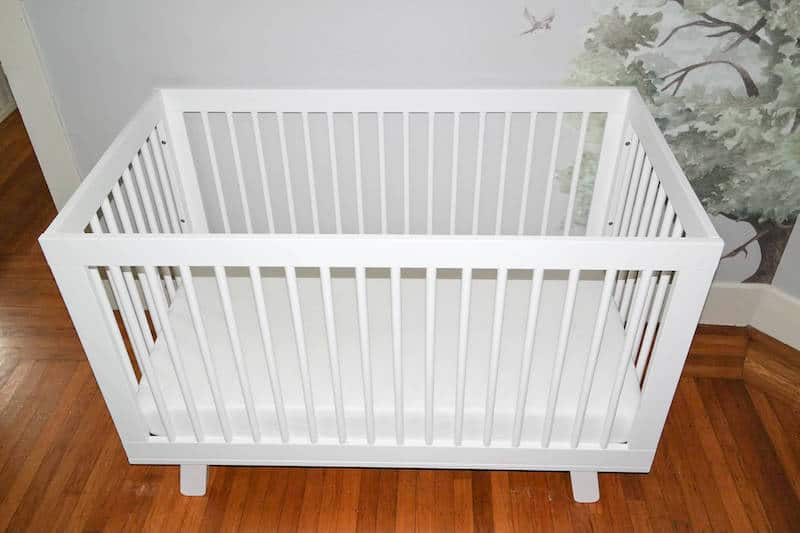 In conclusion, propping up your
crib mattress
can have numerous benefits for your baby's health and well-being. However, it is important to do so with caution and following safety guidelines to ensure your baby's safety. By taking the necessary precautions, you can create a safe and comfortable sleep environment for your little one, allowing them to rest peacefully and grow happily.
In conclusion, propping up your
crib mattress
can have numerous benefits for your baby's health and well-being. However, it is important to do so with caution and following safety guidelines to ensure your baby's safety. By taking the necessary precautions, you can create a safe and comfortable sleep environment for your little one, allowing them to rest peacefully and grow happily.





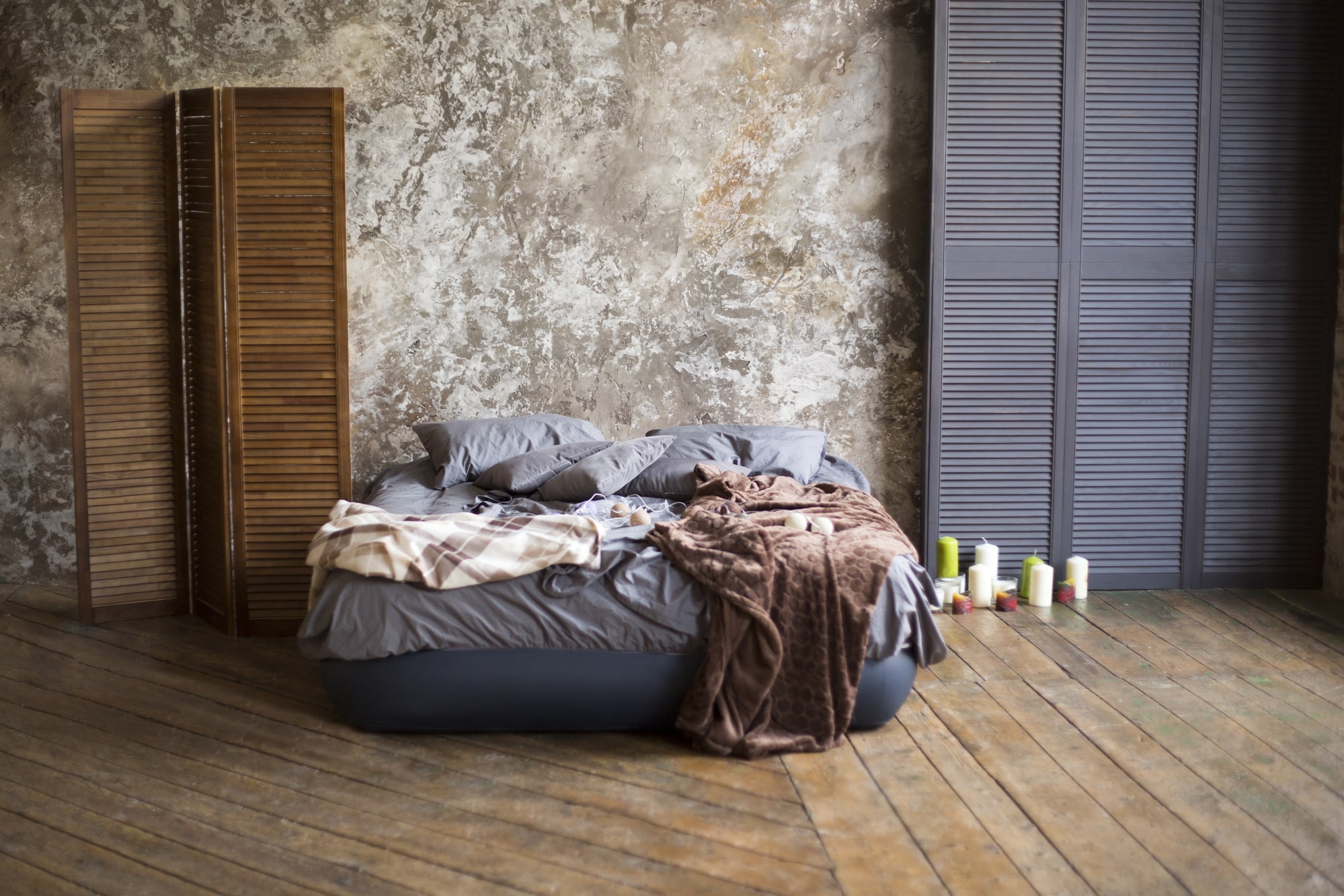







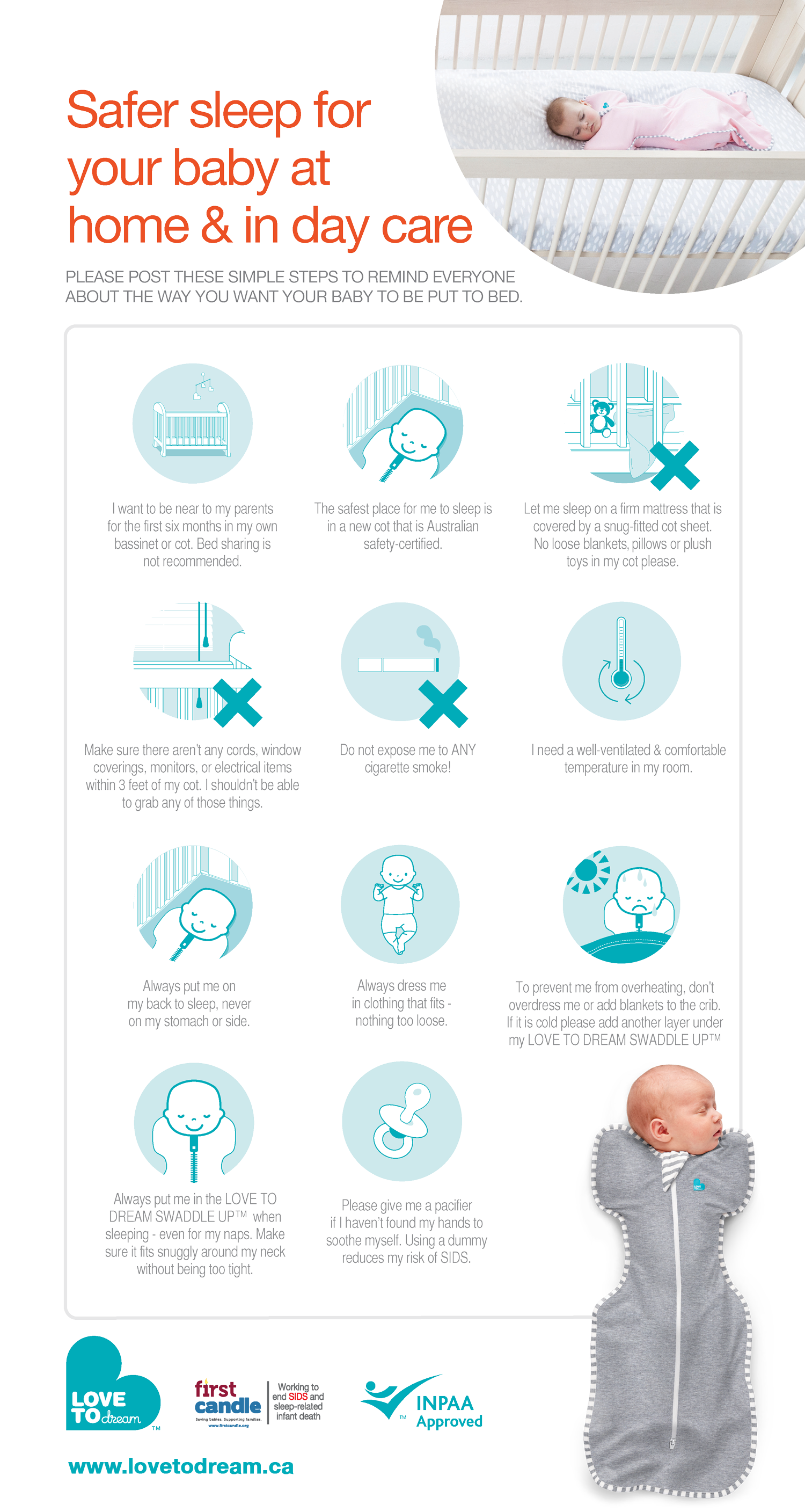

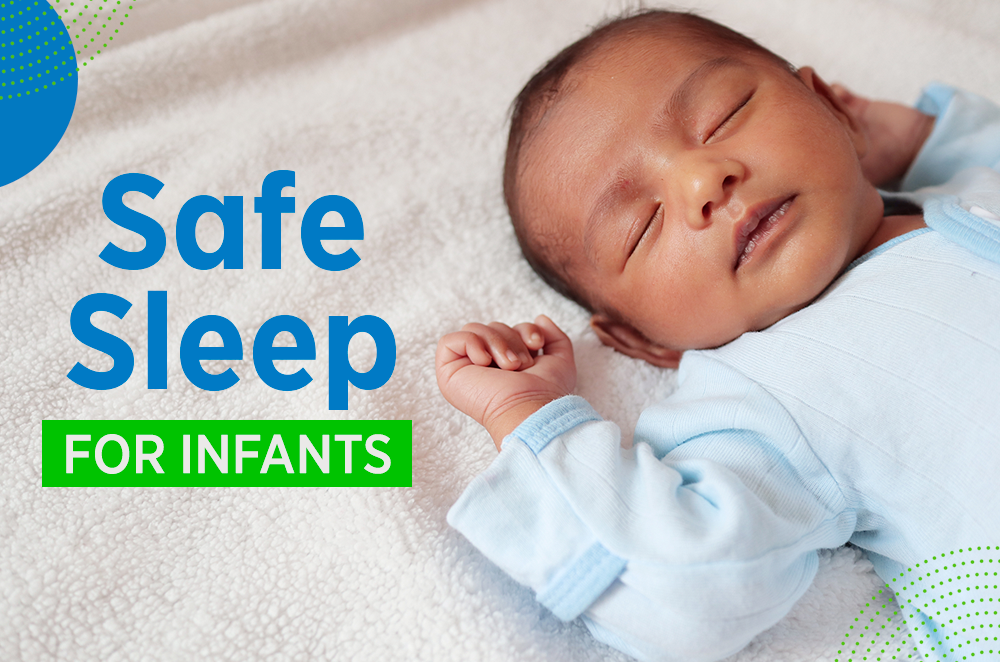

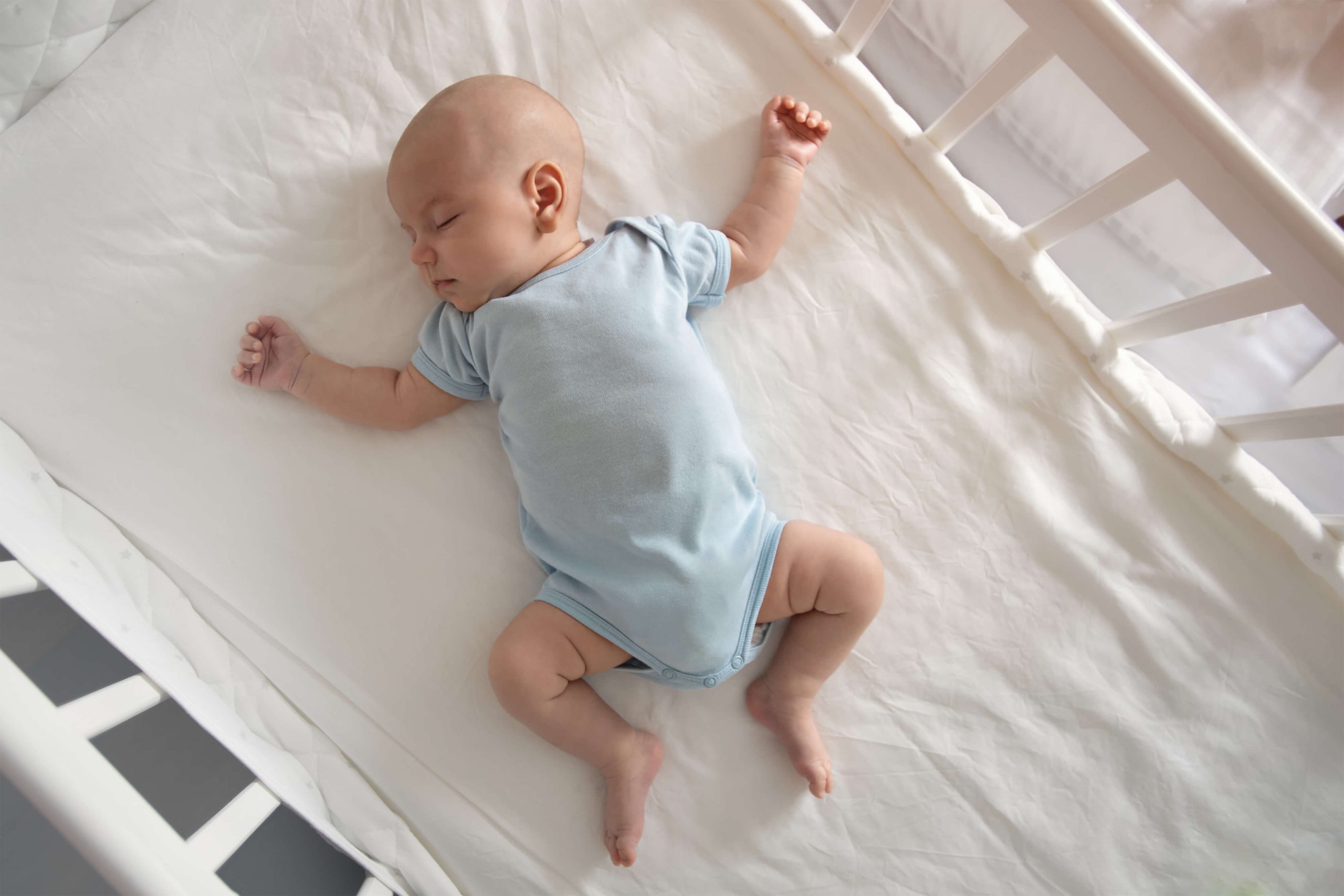
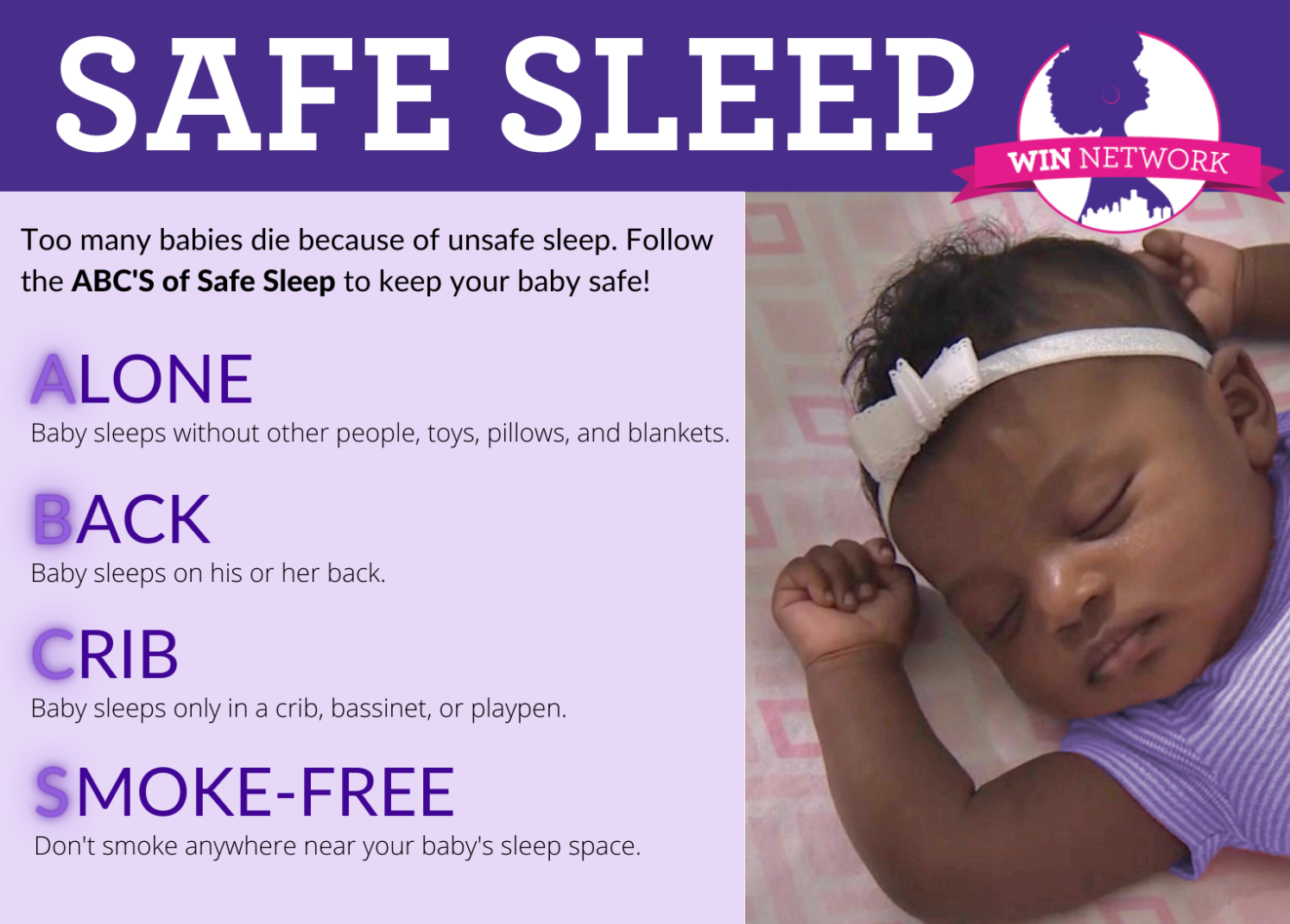












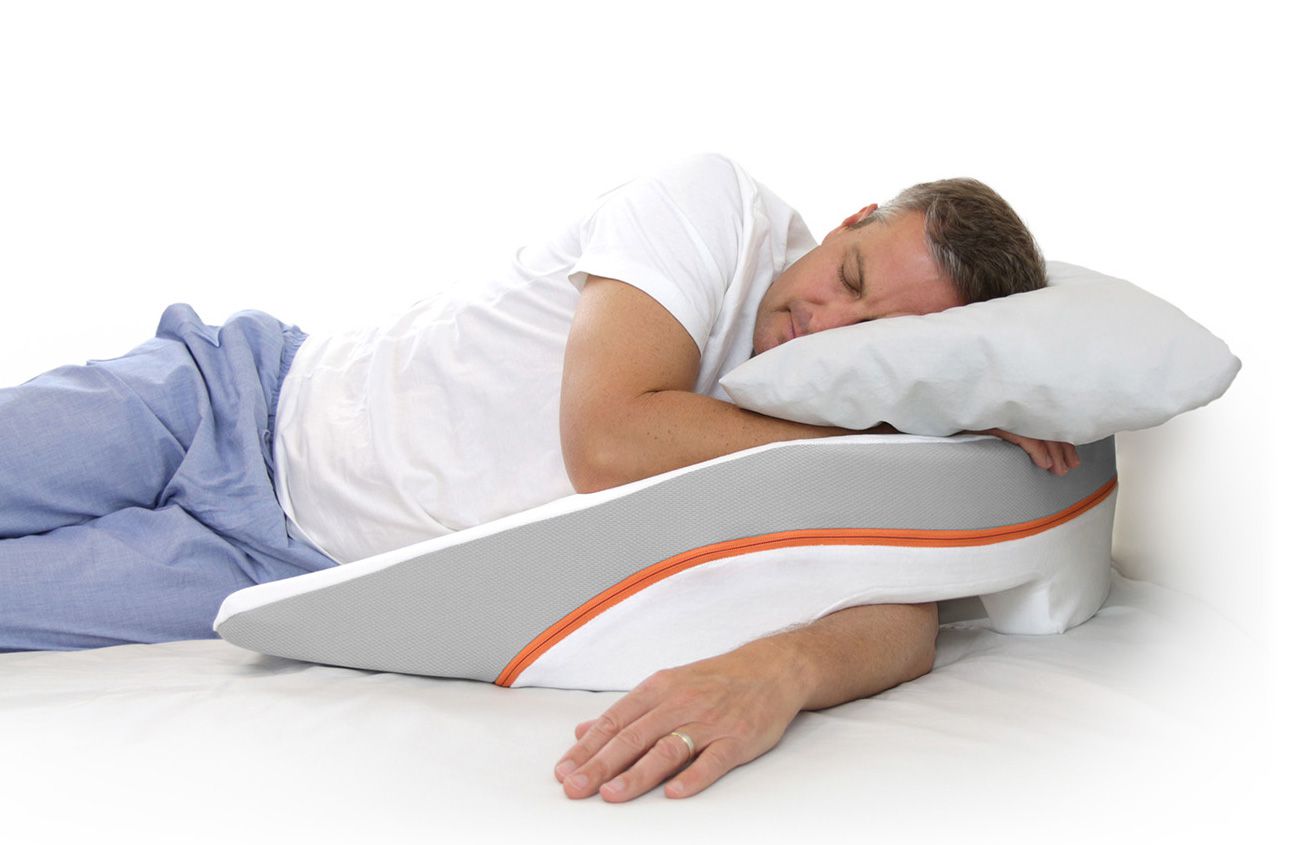
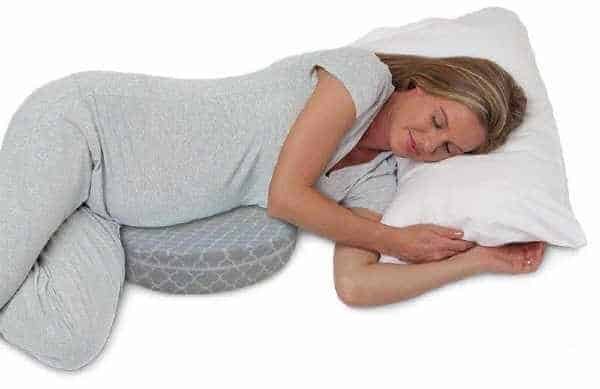






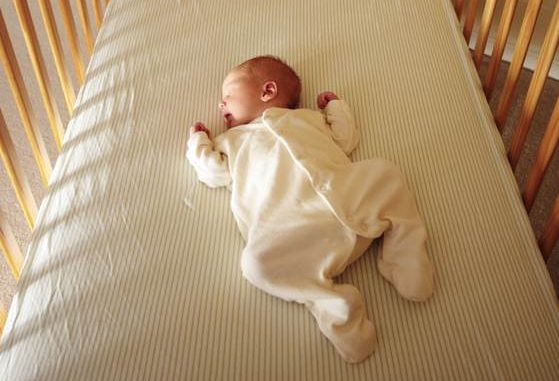
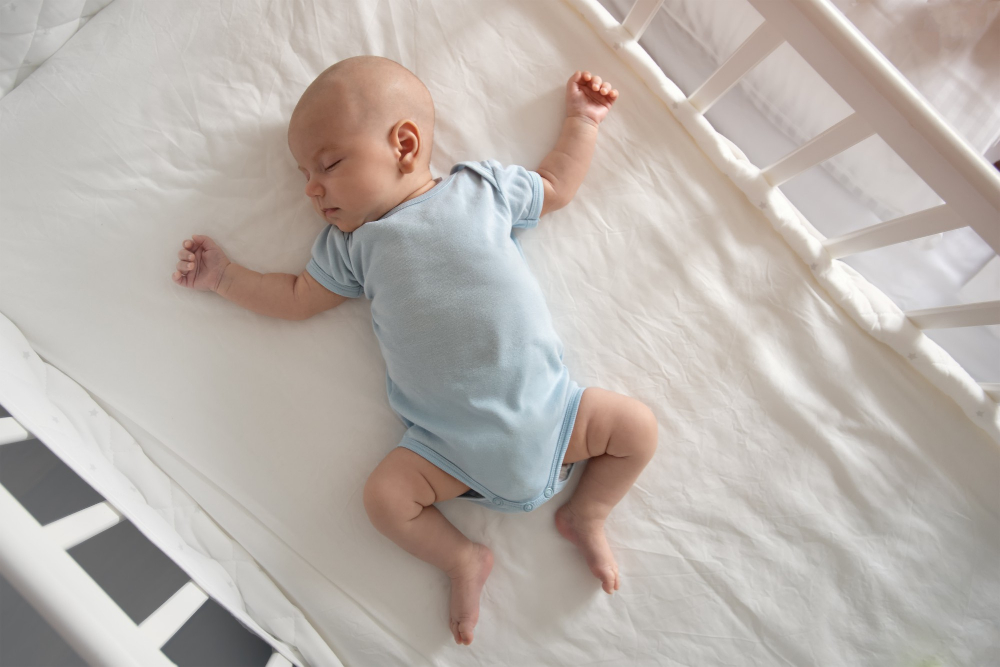

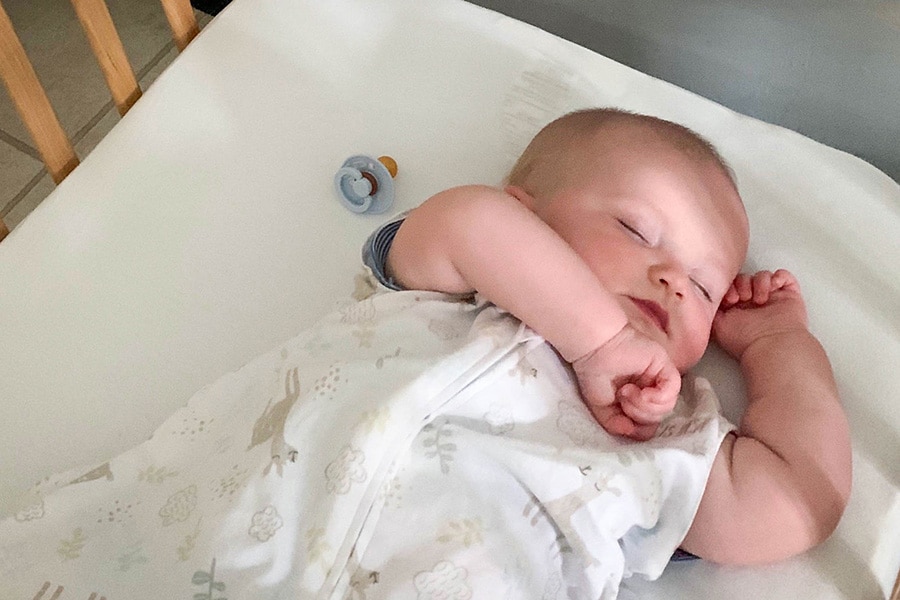














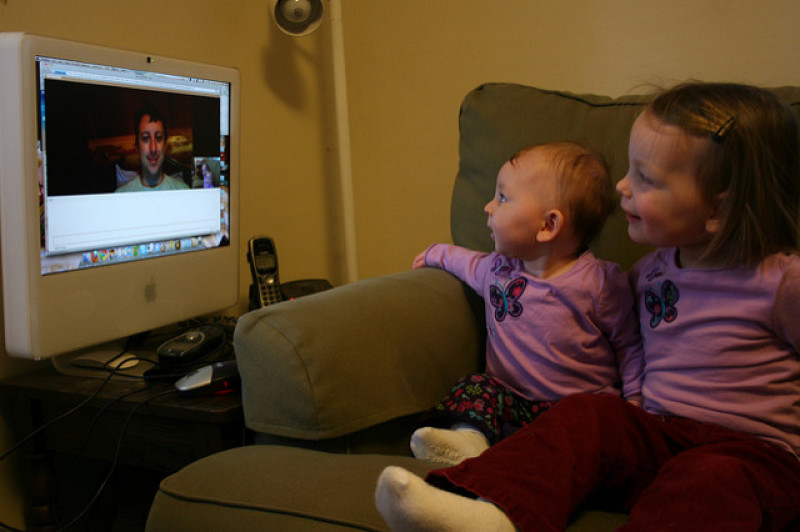



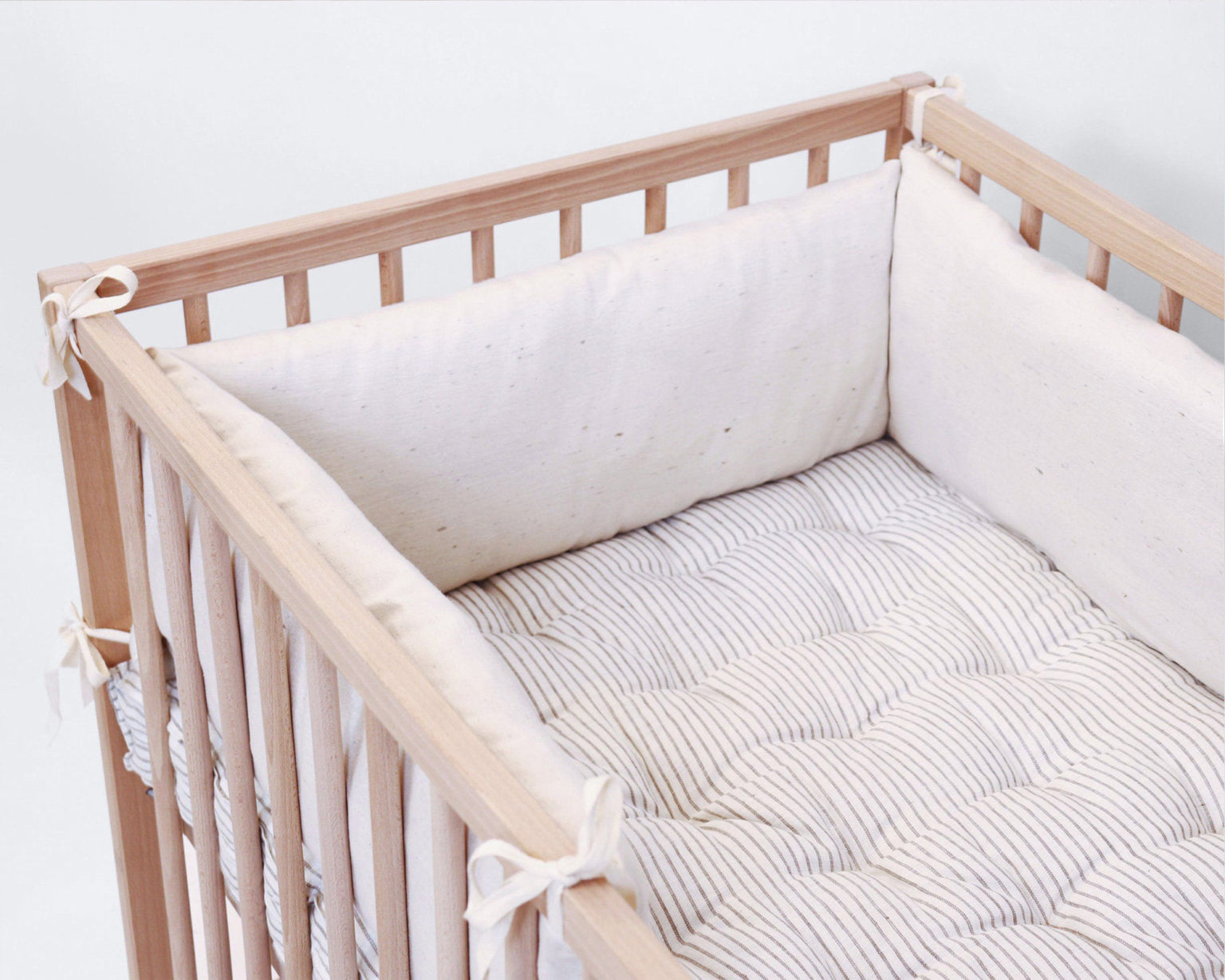

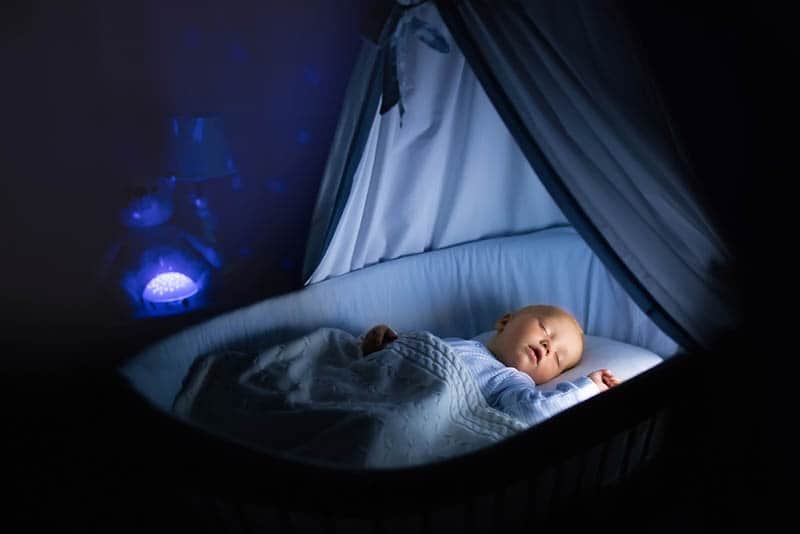
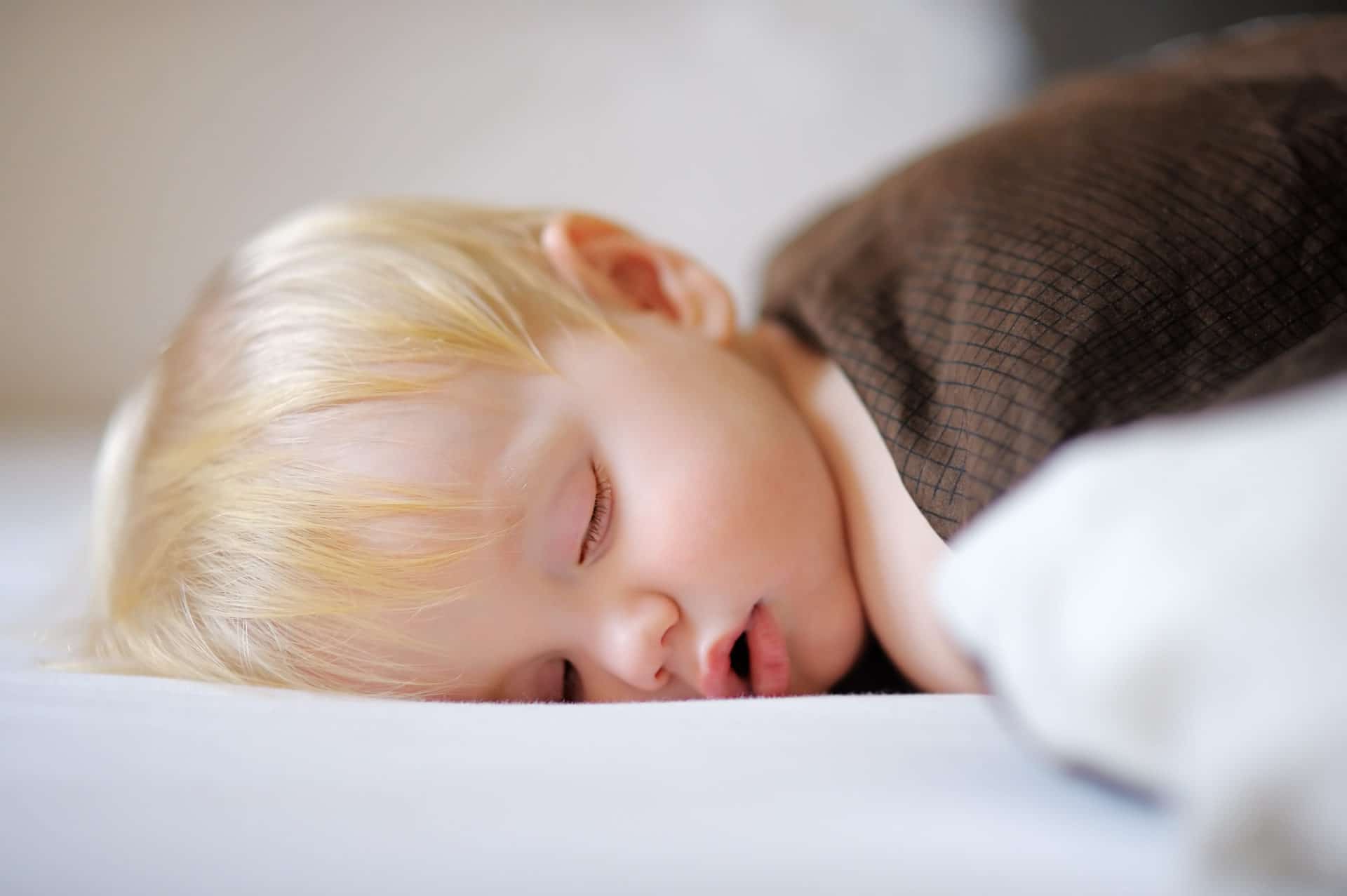




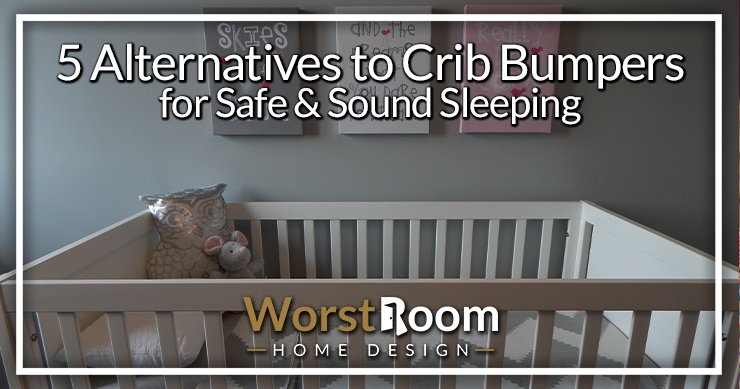
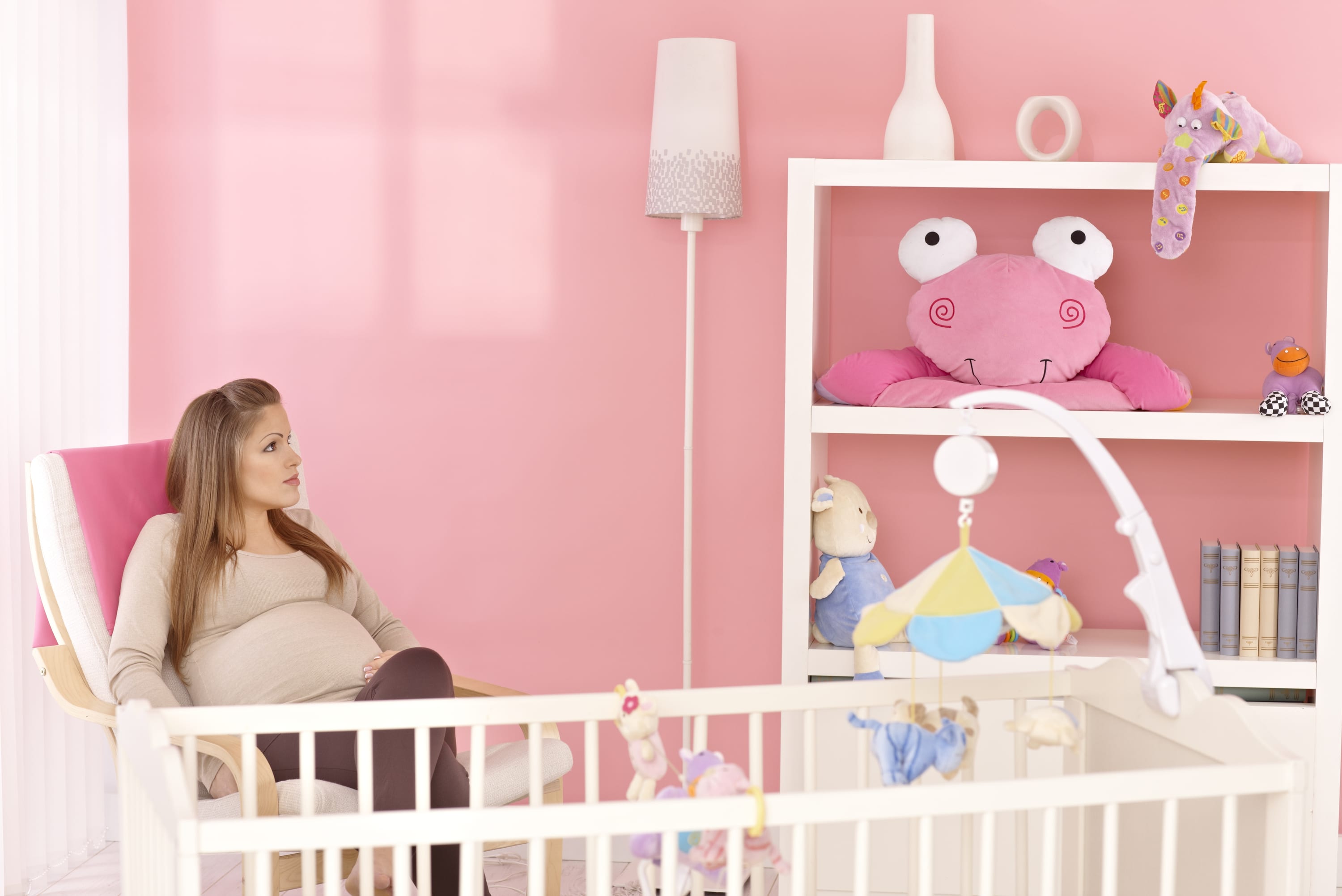
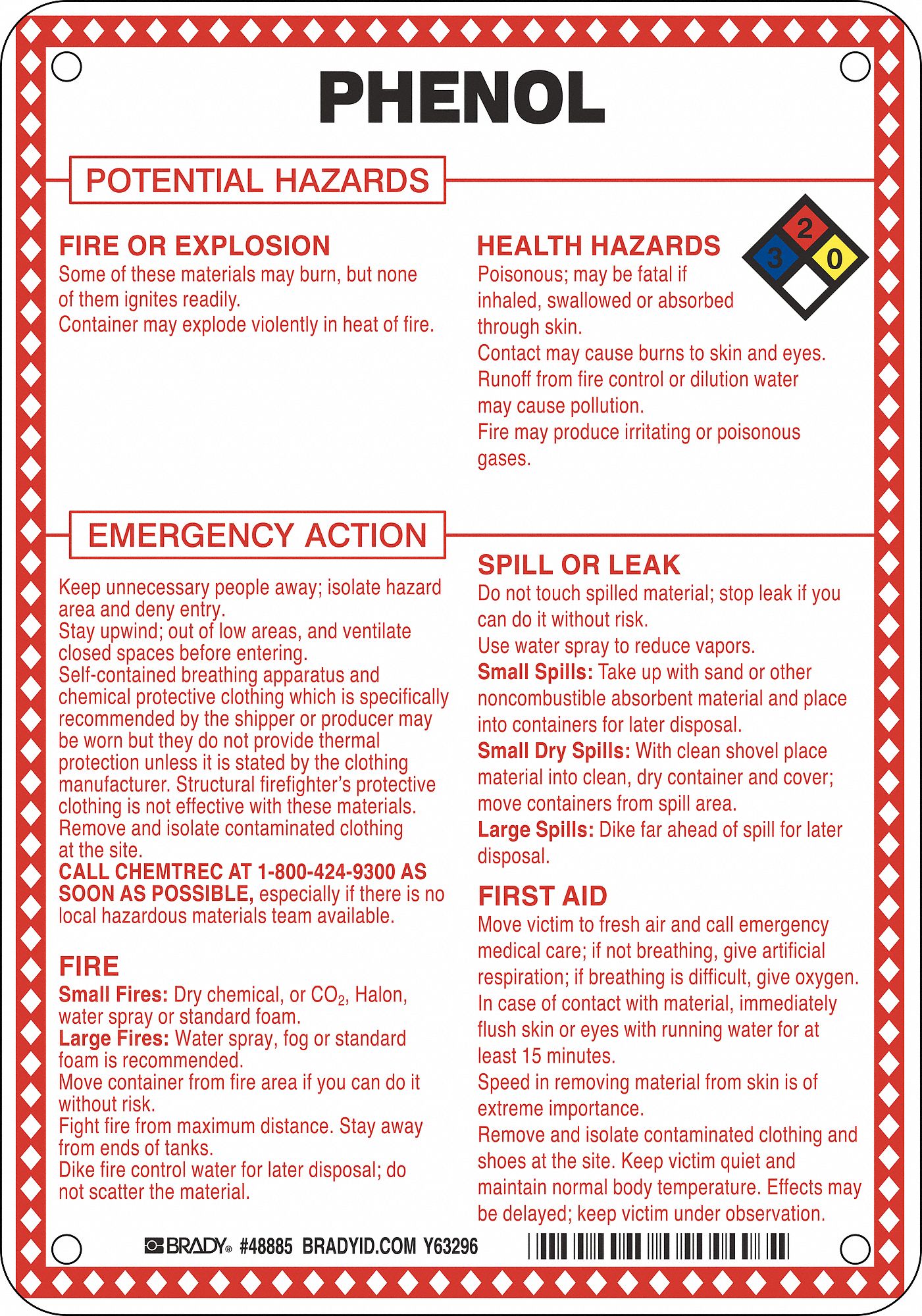



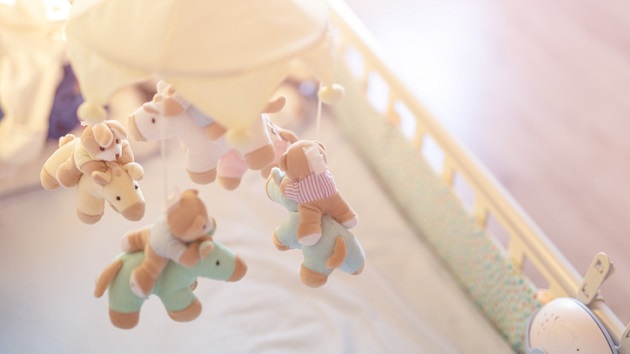
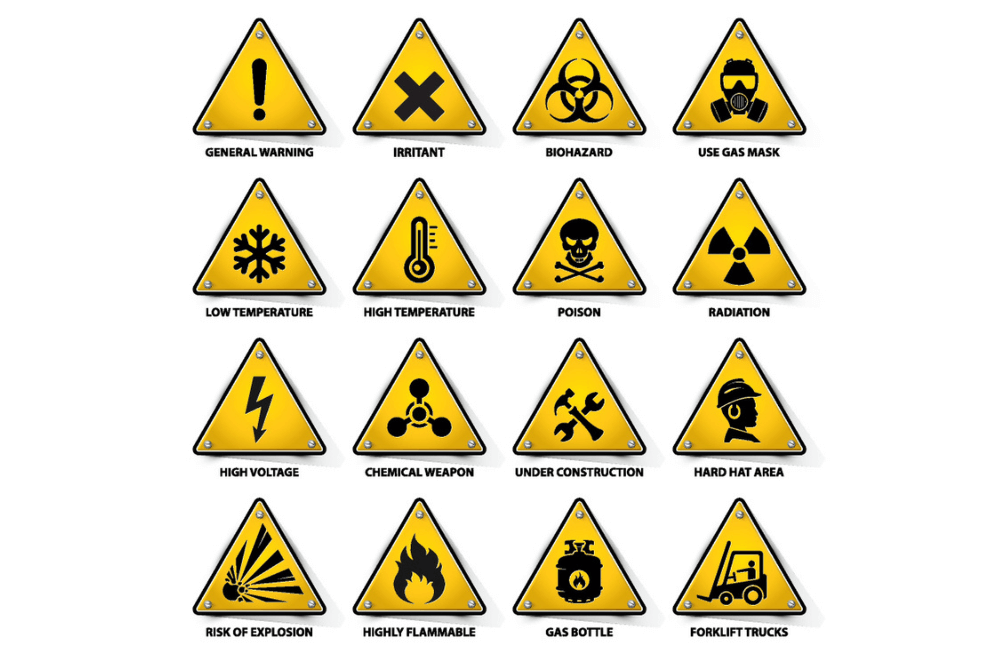

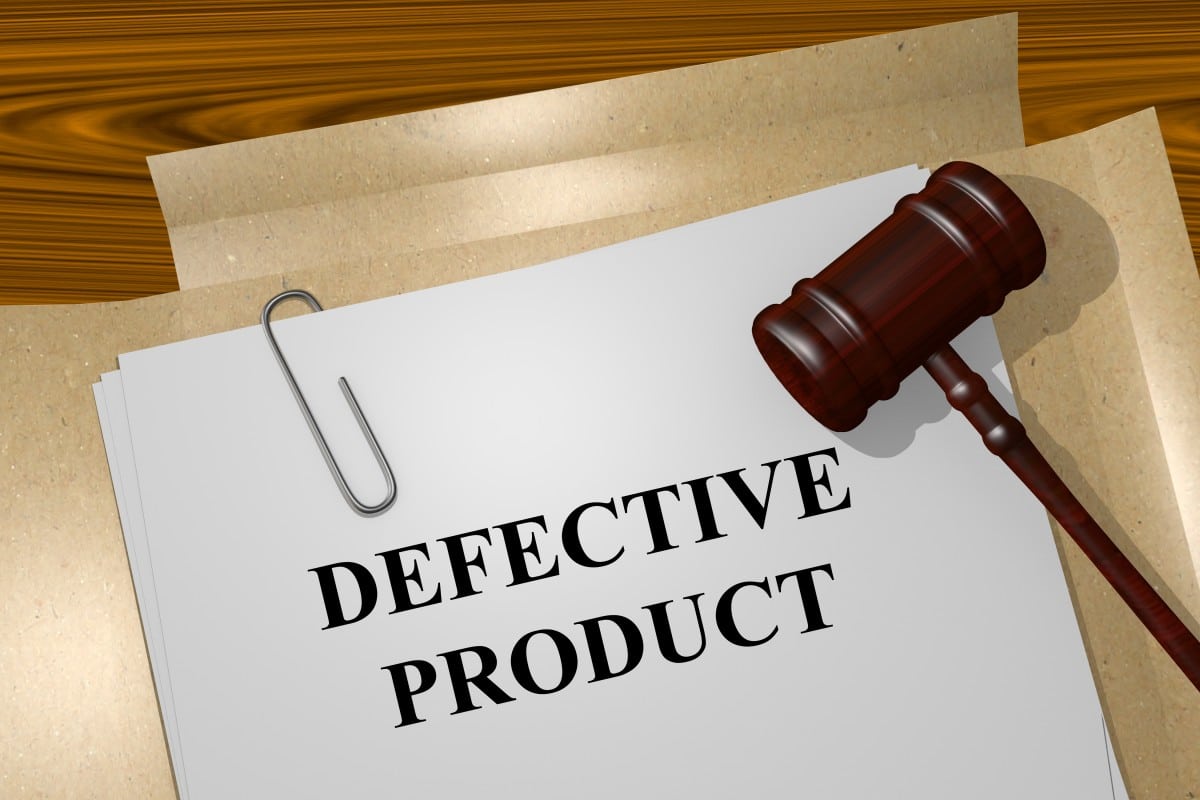


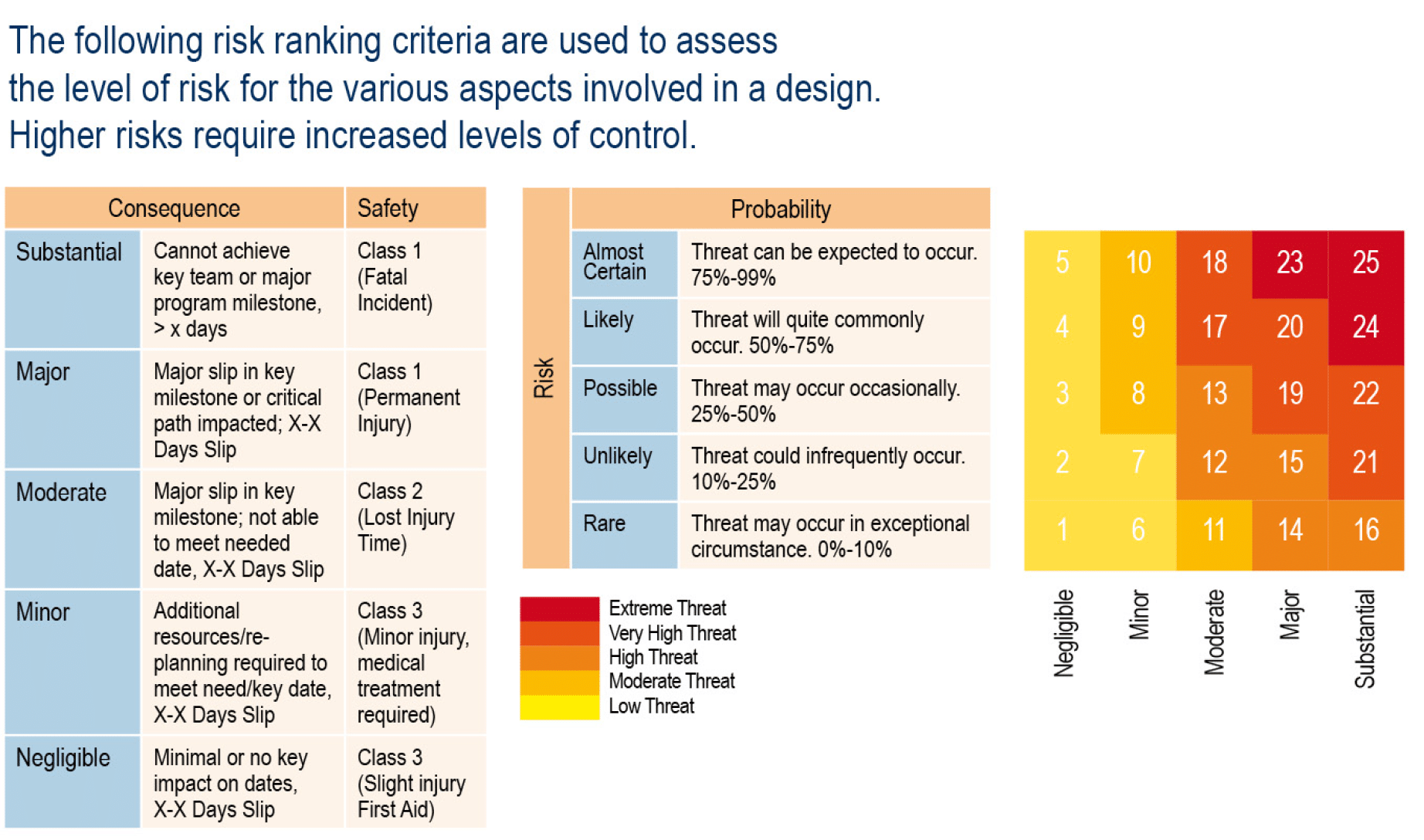


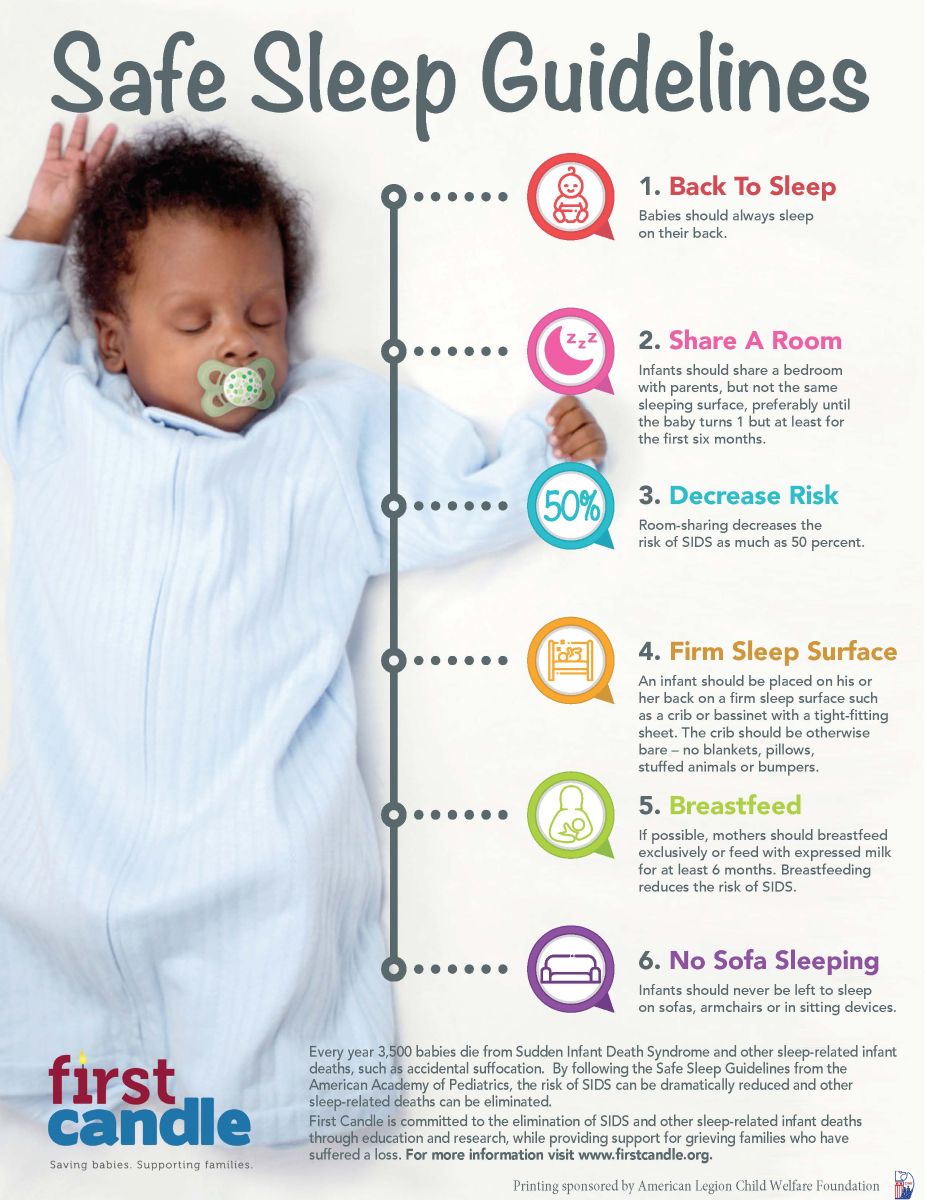

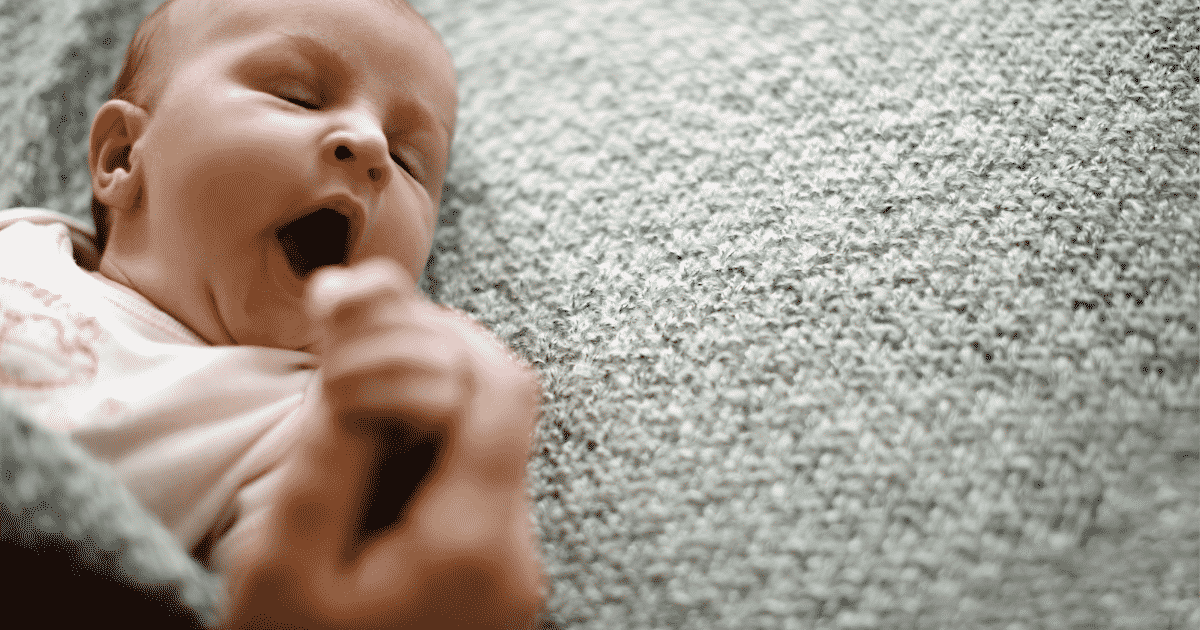
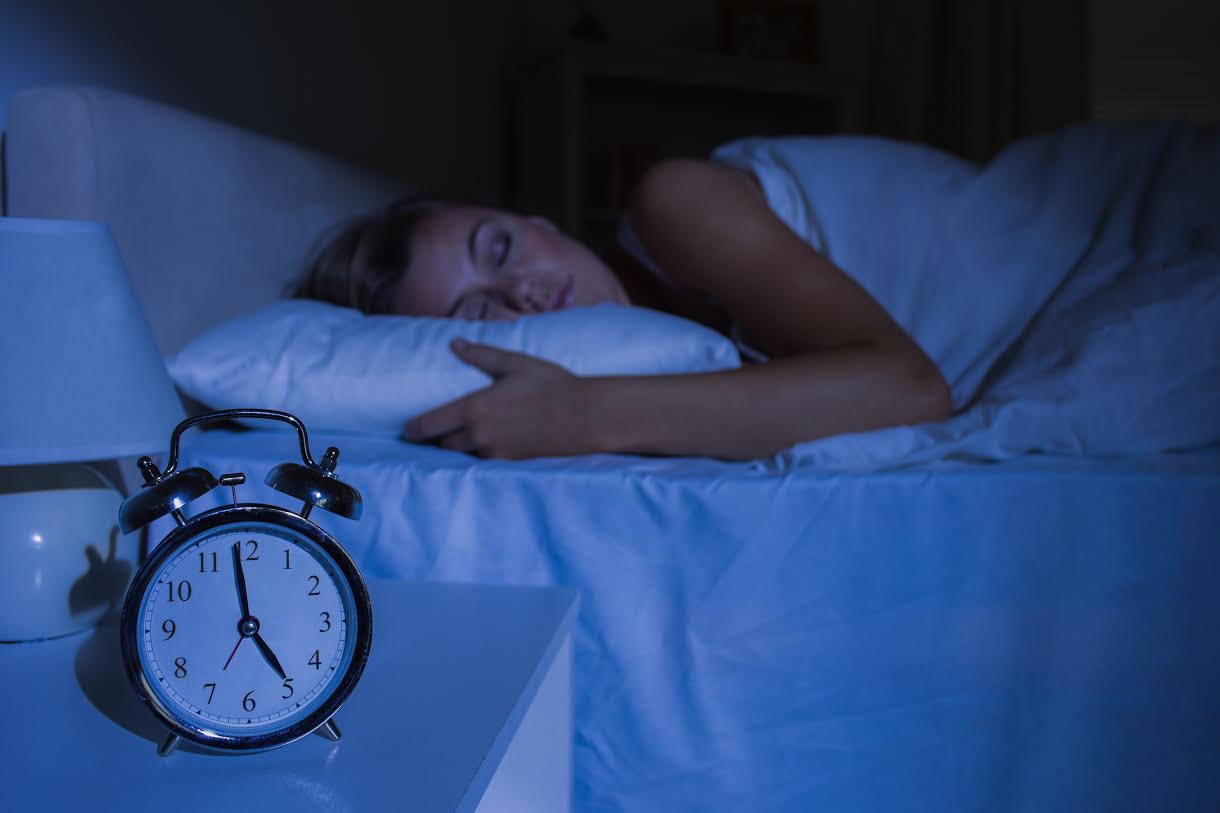


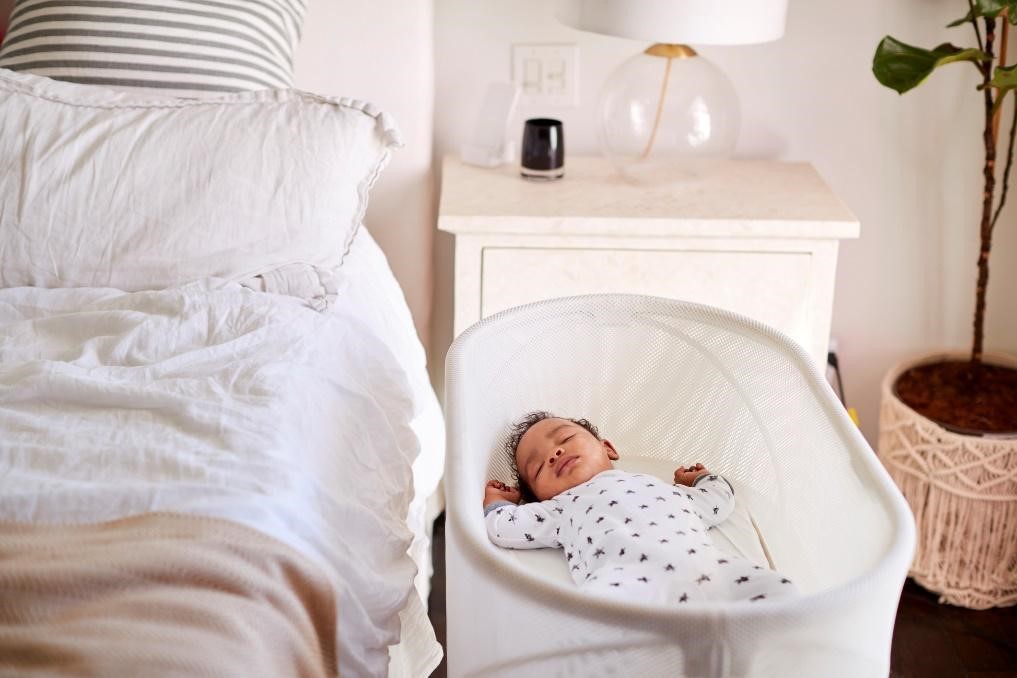




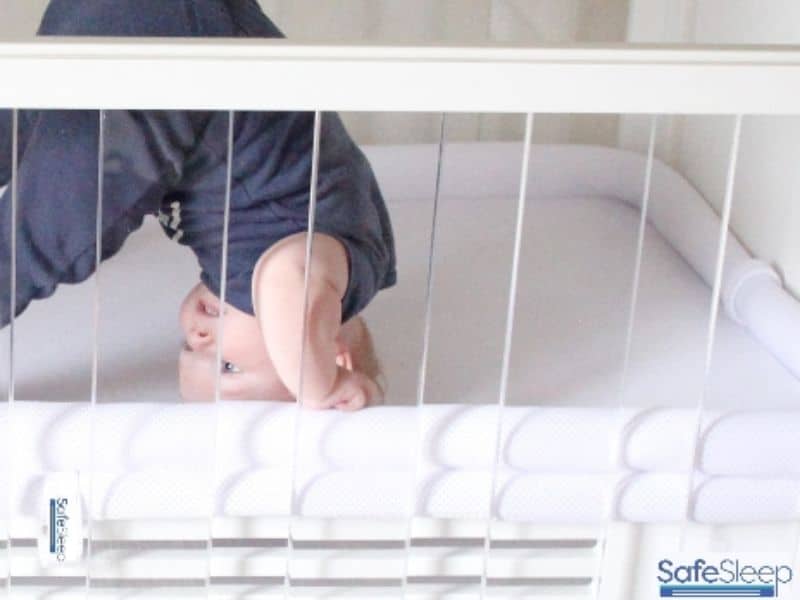
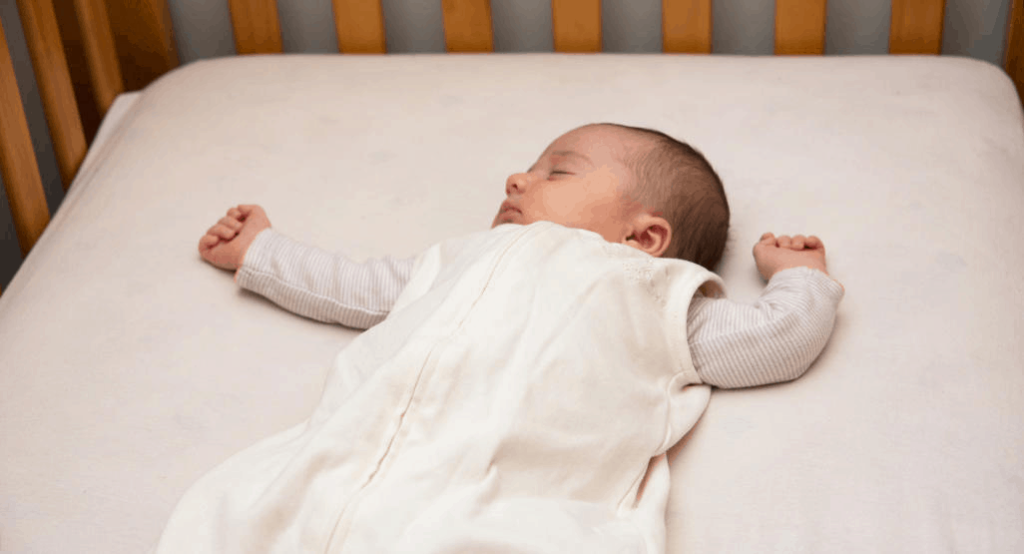
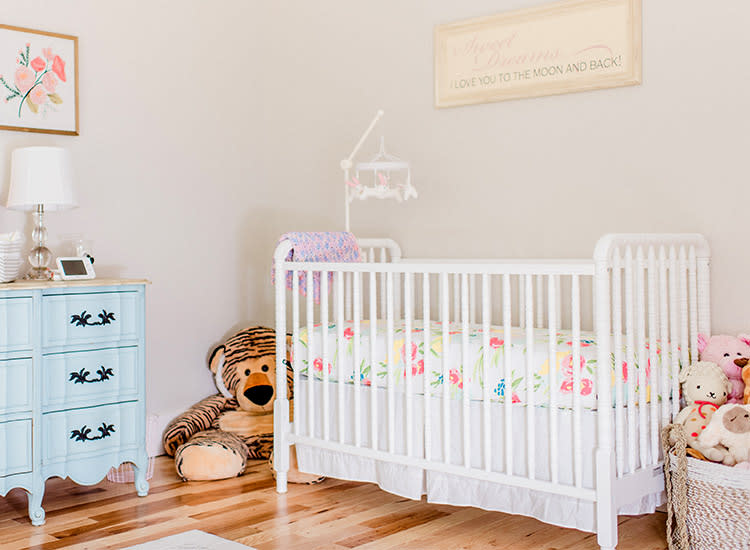
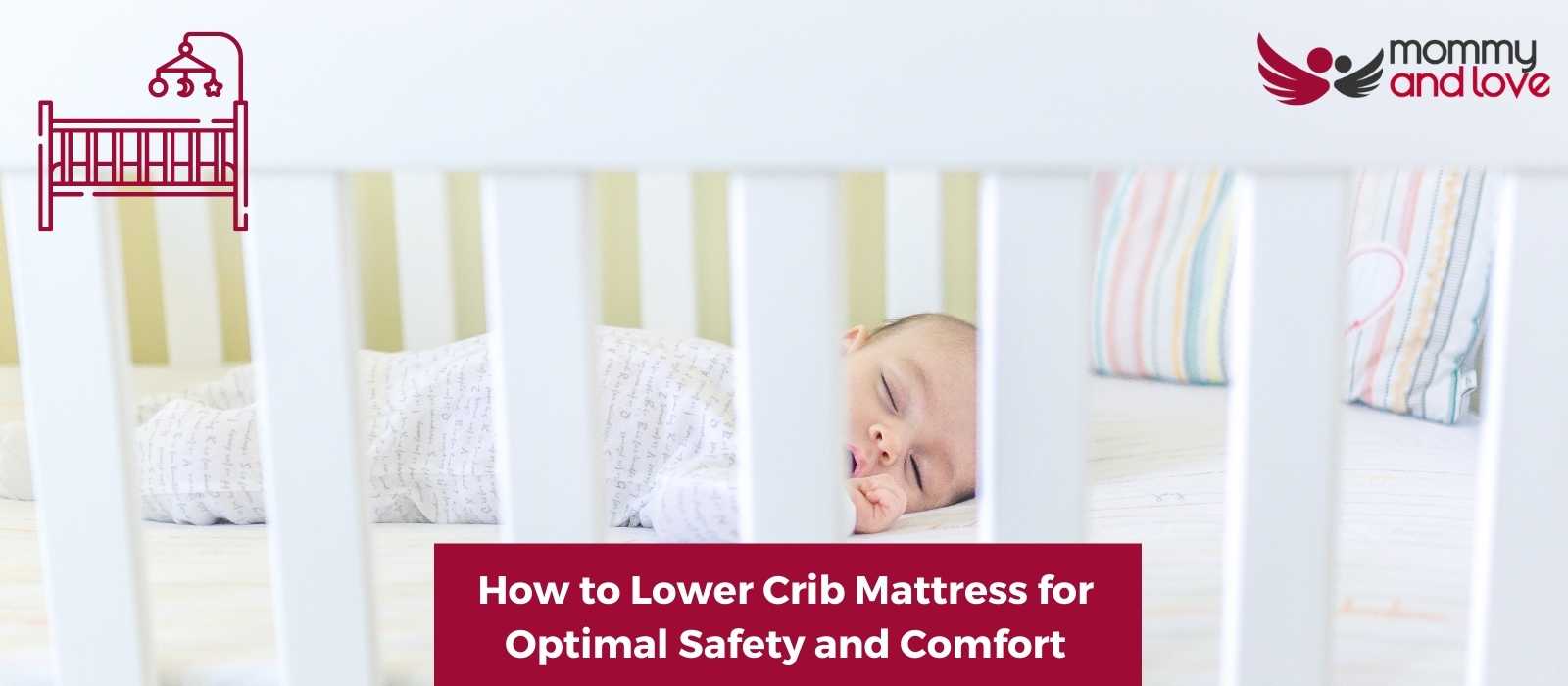








/assets/images/provider/photos/2557000.jpeg)


